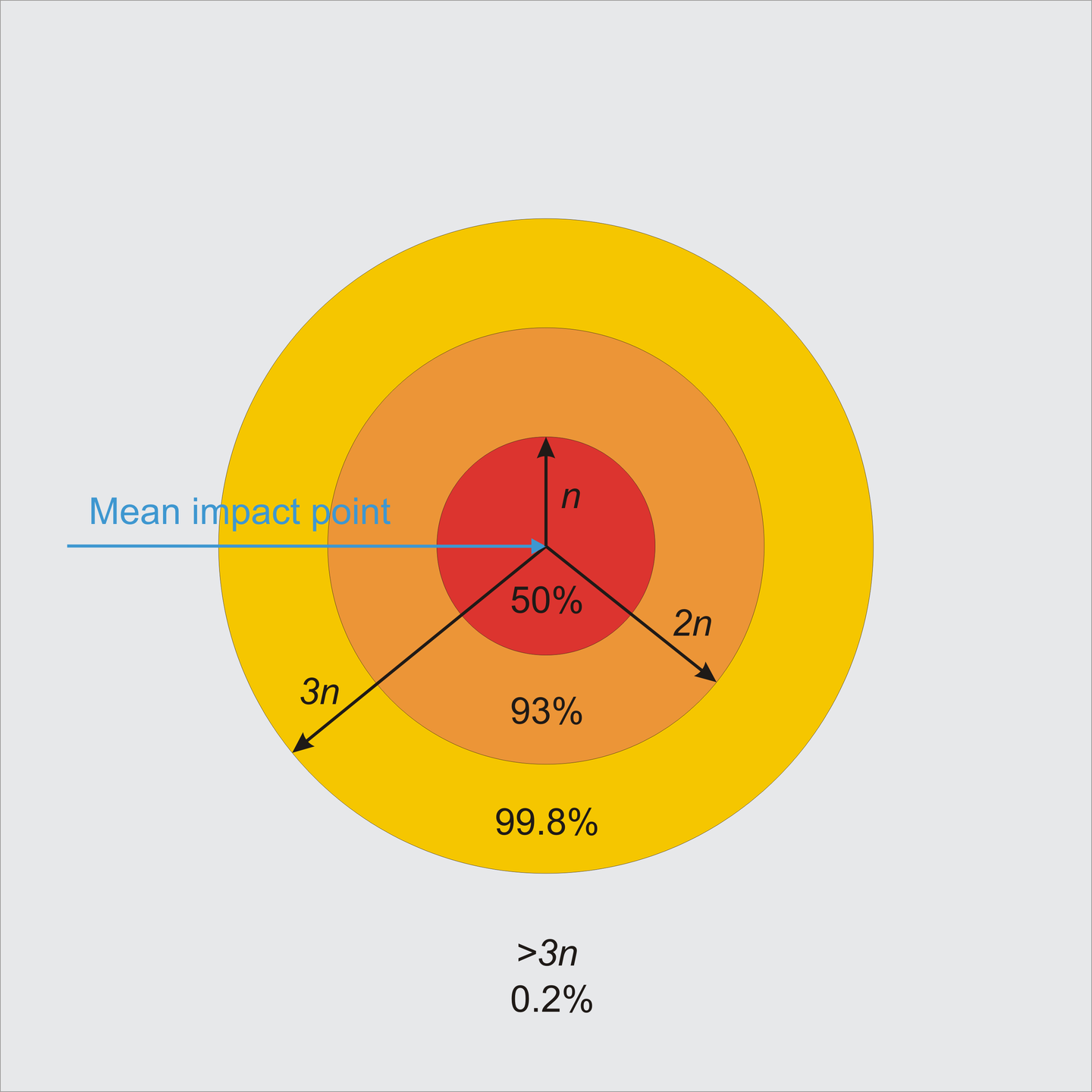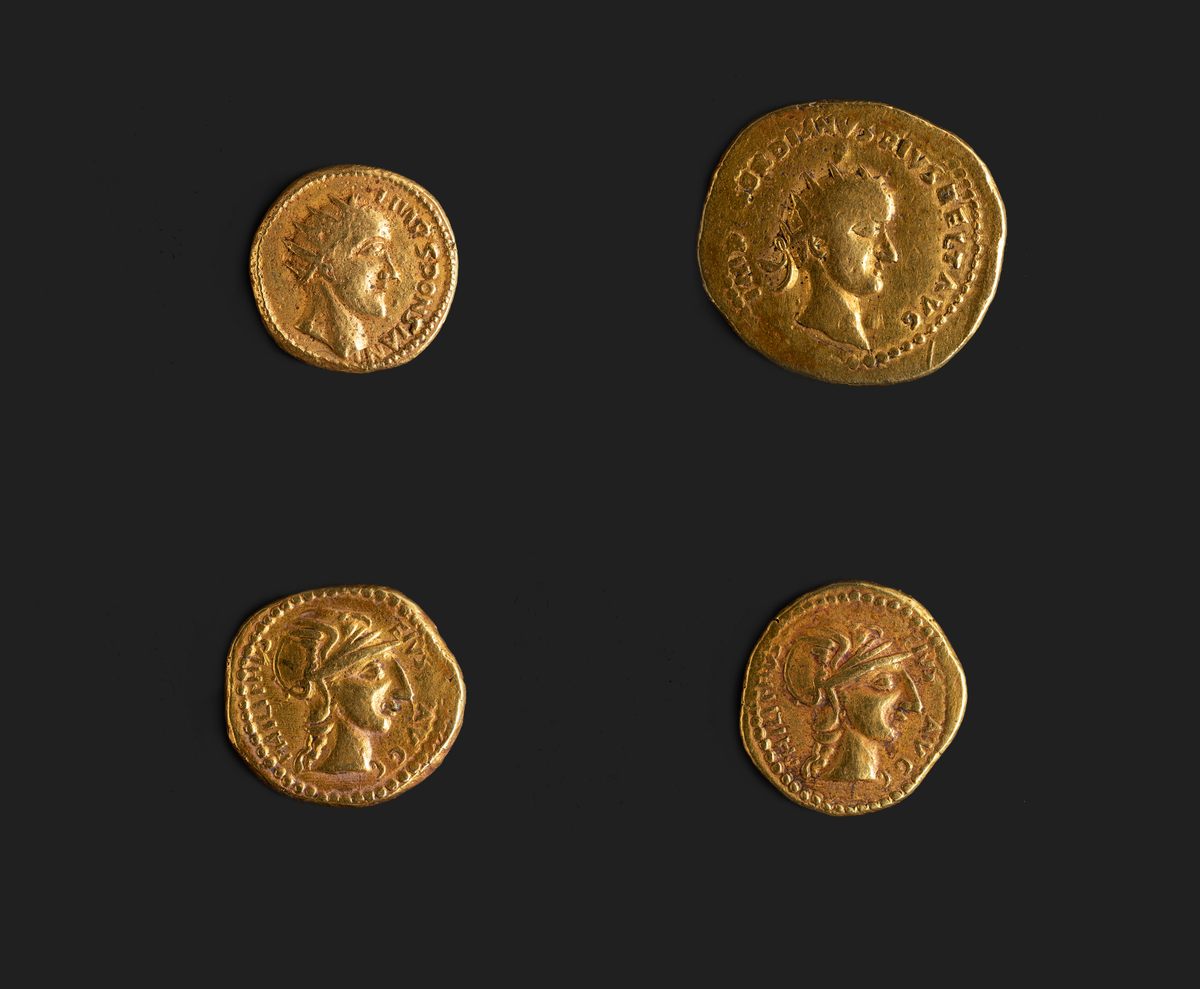Like oil and water, science and religion are immiscible and belong to mutually exclusive domains without any interface. Whenever they have been attempted to be brought together, the result invariably has been confusion, conflict, and bloodshed, of which there are too many gory examples in history. Allow religion to explain the origin of theUniverse according to its own ideas, and you end up with corpses of men and women burnt at stakes.
In Tao of Physics, Fritzof Capra wrote that science does not need religion and religion does not need science, while a man needs both. I am not so sure. Again, in The DemonHaunted World: Science as a Candle in the Dark, Carl Sagan wrote, “Science is not only compatible with spirituality; it is a profound source of spirituality.
When we recognize our place in an immensity of light-years and in the passage of ages, when we grasp the intricacy, beauty, and subtlety of life, then that soaring feeling, that sense of elation and humility combined, is surely spiritual.” If spirituality implies appreciating our own insignificance in the Universe and the resulting feeling of humbleness, then this has nothing to do with religion.
But leaving aside spirituality, religion and science have never been compatible. While science teaches us a systematic, rational way of exploring this universe to understand the laws of nature that guide life and non-life, religion has brought untold misery and suffering upon humanity throughout the course of history by claiming certainty in “information” and “facts” amenable neither to reason nor to observation.
Like oil and water, science and religion are immiscible and belong to mutually exclusive domains without any interface. Whenever they have been attempted to be brought together, the result invariably has been confusion, conflict, and bloodshed, of which there are too many gory examples in history.
Allow religion to explain the origin of the Universe according to its own ideas, and you end up with corpses of men and women burnt at stakes. Same with politics. Allow religion to rule a nation according to its own theories, and you end up with Afghanistan, Pakistan, or Iran where the laws of Sharia are more important than human life or human happiness.
Given the chance, religion would turn this world into a demon-haunted place in no time ~ in fact it has attained a remarkable degree of success in doing so. But what exactly is science, and what is religion? According to The Stanford Encyclopaedia of Philosophy, “One way to distinguish between science and religion is the claim that science concerns the natural world, whereas religion concerns the supernatural world and its relationship to the natural. Scientific explanations do not appeal to supernatural entities such as gods or angels (fallen or not), or to non-natural forces (such as miracles, karma, or qi).
For example, neuroscientists typically explain our thoughts in terms of brain states, not by reference to an immaterial soul or spirit, and legal scholars do not invoke karmic load when discussing why people commit crimes.” Science concerns itself with what is or can be observed and seeks an immediate answer. Religion claims the answer is either unknowable or explained only with the help of faith, that is acceptance of something whose existence is indeterminate.
Science claims to explain phenomena or mysteries only through the tested method of empirical inquiry which is a series of steps involving observation-hypothesis-experiment-inference-theory- prediction-testing. This process is indispensable, even where it may not succeed in explaining all observed phenomena, whereas religion takes recourse to God and finds it absurd that by studying STEM subjects (Science-TechnologyEngineering and Mathematics) alone, the concept of God can be reduced to irrelevance. Given the chance, it will subsume science too.
In fact, a great deal of effort has already been invested towards this end, to start a dialogue between science and religion that is actually an exercise in futility.
In 1998, the Harvard biologist Edward O. Wilson in his book, Consilience: The Unity of Knowledge, argued that knowledge is a unified system that embraces science, morality, and ethics as well. The aim was perhaps not to make science spiritual but to make religion scientific.
In the 1990s, with its multi-million-dollar grants, the John Templeton Foundation launched a magazine called Science & Spirit, “to explain what science cannot, and asking science to validate religious teachings”. The magazine died a natural death in 2009.
The Foundation also financed several documentaries like “Faith and Reason”, “Cybergrace: The Search for God in the Digital World” or “God & the Big Bang: Discovering Harmony Between Science & Spirituality”.
Scores of bestselling books written by eminent scientists followed, like Belief in God in an Age of Science (1998) by John Polkinghorne, a Cambridge physicist turned Anglican priest, The Language of God: A Scientist Presents Evidence for Belief (2006) by Francis Collins, Director of the Human Genome Project, or Return of the God Hypothesis: Three Scientific Discoveries That Reveal the Mind Behind the Universe (2021) by Stephen Meyer, Director of the Center for Science and Culture of the Discovery Institute which is the main organization behind the so-called Intelligent Design Movement, according to which the universe was created by an intelligent designer, the God almighty.
But physics explains the origin of the universe convincingly from quantum electrodynamics as arising from a vacuum fluctuation and biology explains the evolution of all life, starting with a chance molecule that learned to replicate itself. But both intelligent design and evolution cannot be true at the same time, hence the attempt to find a middle path ~ an absurd one at that ~ that God created the universe and left it to the laws of nature, also designed by him, to run it, without any further interference in its future course.
As the New York Times science journalist George Johnson wrote, thus “God becomes a metaphor for the laws that science tries to uncover.” On the question of faith, there are deep divisions among the scientists themselves. While Einstein’s God was one “who reveals himself in the lawful harmony of all that exists”, and not one “who concerns himself with the fate and the doings of mankind”, many scientists hold radically different views. Some, like the cosmologist Allan Sandage, wonder: “‘How is it that inanimate matter can organize itself to contemplate itself? That’s outside of any science I know”, while others, like the Oxford biologist Richard Dawkins, believe that pursuing God is a “waste” of time that never has “added anything to the storehouse of human wisdom”.
Believers in God hold that a grand unified theory to explain the universe in terms of a single theory that is the holy grain of science would be incomplete without the integration of faith and ancient wisdom in it, while others, like Christians, were outraged when the radiocarbon dating of the shroud of Turin suggested it as a medieval forgery and not the burial cloth of Jesus, feel that as science develops more sophisticated techniques, their religious beliefs will be vindicated.
Fortunately, the endeavour of all these new-age scientists to blur and finally erase the boundary between science and pseudoscience has not yet succeeded. Similar efforts are on even in our own country. Religion is essentially about worship, and worship means surrender.
Faith is necessarily blind and has to disregard evidence in order to reinforce and validate its belief system. Human life is full of misery and suffering ~ indeed it is a “flash of occasional enjoyments lighting up a mass of pain and misery” from which faith alone can provide a temporary deliverance. “Happiness is but only an occasional episode in the general drama of pain” that surrounds us, as Thomas Hardy said, and if surrender could mitigate even a little of that pain, it should be welcome.
Surrender can also be made more convincing when imbued with love and fear that a God is capable of inspiring in human minds. Finally, if the surrender can hold out the promise of something eternal, like an eternal deliverance from pain or from the endless cycles of birth and death, such an eternal vision becomes too tantalising to resist by most.
All that remains is to remind and reinforce these ideas continually through repetitive rituals, meaningless though they are, and the whole package becomes so overwhelming that few could emerge out of its enchanting aura to be able to see the world and reality with objectivity. After all, we still do not know how the objective reality conveyed to our brain through the senses acquires a subjective meaning in our mind, how the scent of a rose gets transformed into the memory of our first love, or a fading photograph brings back long-forgotten emotions.
Subjectivity rules the roost, everything else, even hard evidence, becomes mere speculation. Blind faith has no rival, and when blind faith masquerades as science, the conquest of the mind by religion becomes total, and all logic has been clinically erased. The evolution of life and that too on a tiny planet called earth that has just about the right conditions with the right values of fundamental constants among billions of such planets is an awesome mystery that the believers cite to establish intelligent design as the only explanation.
They ignore the fact that there are planets with all possibilities and ours happen to be the one with only just one of these permutations that made life ~ and God ~ possible. Logic and faith, like science and religion ~ are incompatible; if bring them together, there will be combustion and conflict.
But bring complexity to replace conflict, and the science-religion debate immediately acquires a political dimension ~ struggle between secular liberalism and traditional conservatism, authority versus individual liberty, herd mentality versus reason, and state versus individual. In each one of these struggles, rationality is the obvious victim that is left bleeding to die.
“The known is finite, the unknown infinite”, the British biologist Thomas Huxley wrote in 1887, “Intellectually we stand on an islet in the midst of an illimitable ocean of inexplicability. Our business in every generation is to reclaim a little more land.”
Before the last century, the vast unknown territory of inexplicability was ruled by religion.
But the last century has seen a tremendous explosion of scientific knowledge, and ever since, science has been reclaiming more and more territory from religion so that scholars started predicting a diminishing relevance and eventual disappearance of religion from human society.
While it is true that religion’s stranglehold has been remarkably weakened in most countries during the last half-century, except in the diehard Islamic states which stubbornly refuse to reform Islam, the resurgence of religion in our contemporary socio-political life negates the prediction of religion’s demise.
There is too much religion on the streets now that is increasingly intruding unto our lives. It is not the spirituality that Sagan had talked about, it is religion in its crudest original form – bloodthirsty, demanding total and unquestioning allegiance from its followers who would not shy away from spilling the blood of non-believers. While science continues to conquer ever newer frontiers and invents technologies that are revolutionising our society, a full transition to a scientific society is not possible without the complete displacement of religion.
From medicine to biotech, from electronics to telecommunication, from AI to nanoscience, the progress of science during the last 50 years has completely transformed the way we organize society, conduct business, and connect with people for ideation.
The paradox is that while we are exploring the frontiers of science and technology driven by limitless human yearning and thirst for knowledge, we are also reinforcing the prejudices, bigotry, and intolerance of contrary ideas and beliefs in our social and public life with renewed vigour and pride. Of course, there are many shortcomings and limitations of the scientific method.
Scientific knowledge alone is certainly not enough to make humans attain their full potential. The German philosopher Edmund Husserl argued against recurrent tendencies of applying the methods of natural science in the research of human affairs, which are essentially outside empirical scientific approaches.
The human values we live by, and questions of meaning and purpose, morality or ethics, etc. are not amenable to hypotheses, modelling, and mathematical equations. They rely on methods that are interpretive, speculative, and philosophical. This is always an epistemological problem in social sciences, and this is where religion is supposed to supplement the techno-scientific worldview of science to understand how Nature works her laws in the universe and in human society.
But Nature also includes her children and us humans, and her well-being depends on their activities. No one knows that better than us, especially at this juncture of time when the world is precariously poised between sustainability and irreversible devastation from uncontrolled human greed.
Religion was supposed to impart and promote morality, ethics, love, and compassion among humans to make them understand their symbiotic relationships with nature, with fellow beings, and with animals. Religion was supposed to teach humans to limit their greed, increase empathy towards others, and strike a harmonious balance with nature to make the world a better place for all to live. What it has done and the moral blindness it has promoted instead is for all to see and judge.
Religion today is relentlessly marching to colonize every aspect of our socio-economic and political life with increasing aggressiveness. Suffering has been trivialised by it, the pain has been glorified by it, killing has been sanctified by it and the tattered social fabric that has resulted is being flaunted with egotistical pleasure and pride.
Though it will be unfair to blame religion alone, it has to take a large share of the blame for this sorry state of affairs. It is propelling us energetically to forget our humanity and respect for those who do not share our faith and driving us towards an Orwellian world where intercultural understanding, the richness of culture and diversity, and the ideal of an inclusive and pluralistic society are strongly denounced in favour of a blind pursuance of faith as dictated by its self-proclaimed guardians and their bigoted followers.
The ideal of peace and harmony are receding at the speed of light as religion strives to regain the territory it has lost to science and is countering science with what can best be described as a pseudoscience that is carving out a niche for itself – and a wide one at that.
To quote Huxley again, “The question of all questions for humanity is that of the determination of man’s place in nature and his relation to the Cosmos.”
Religion derived sustenance from the concept that humanity was positioned proudly at the centre of God’s magnificent creation, the Earth, around which revolved everything, and humanity – the crowning achievement of God’s creation in his own image, the pinnacle of his divine handiwork, occupied the centre-stage on this earth.
Science would shatter the concept, but not before thousands of Giordano Brunos were burned at the stake for holding a contrary view.
In The Structure of Scientific Revolutions (1962), Thomas Kuhn convincingly explained how paradigm shifts take place in the history of science when one dominant worldview is replaced by another. He showed that scientific progress is like Darwinian evolution – a process of selection of one amongst all the competing theories that have the most predictive power puzzle-solving ability, a concept that was later supported by Bas van Fraassen in The Scientific Image (1980).
But each such major paradigm shift has shaken the edifice of religion from which it could never recover. Thus, when the geocentric Ptolemaic worldview was replaced by the Copernican worldview, man lost his centrality in the scheme of things. Till then, heaven was in the sky, hell was underground and God in heaven ruled all three while religion regulated the entry to heaven or hell.
Copernicus banished the earth from the centre of the Universe, and later Hubble displaced the entire Milky way from the centre of the universe, giving us instead an expanding universe of billions of galaxies in which neither is humanity at the centre of creation nor is the earth at the centre of the universe; in fact, the universe itself is one tiny dot in a multiverse of many universes.
Thus, God’s magnificent creation has been relegated to the position of a second-rate planet attached to a third-rate star, discarding religion’s medieval fancies. Today we are humbled by the immensity of the universe and mesmerized by the eternal silence of infinite space.
But for religion, the determination of man’s place in nature and his relation to the cosmos was not a question, it was an irrefutable truth questioning which meant inviting risk. Copernicus wrote De Revolutionibus Orbium Coelesticum on his deathbed in 1543, beyond the morbid reach of the Inquisition.
Galileo and Bruno were not that fortunate. Science established that neither does life enjoy any special privilege – countless worlds exist in deep space devoid of life, and countless species have become extinct in the course of evolution. We may be one someday, and going by our misdeeds on this planet, that day even may not be too far.
Darwin would finally dislodge humanity from the centre of the biological universe, giving it a lowly ancestor that was too humble compared to an almighty God to be a creator of such intelligence as possessed by man. Thankfully, the inquisition was dead, but prejudiced minds that shun logic were not. They are again back at the centre stage in force, flaunting scriptures, dictating how we should conduct ourselves, threatening to push us into a hell of ignominy and violence if we disobey.
Creationism is still being taught in many US public schools, despite the Supreme Court ruling to the contrary. Half the people in the USA still don’t believe in evolution, their share in India is unknown. But here, vigorous attempts are now on somehow bringing God inside the classroom in any guise, be it a hijab, or anything else.
Worship only makes you a slave. A slave forgets his reason, and his purpose for existence, and ultimately becomes an automaton to serve the master – Religion – and obey its commands without thinking.
Religion is not the source of spirituality, peace, morality, virtue, and ethics any longer. Its principles may be eternal, but its methods are gross. It has now become the source of violence, hatred, unconcealed greed, corruption, and a road to power.
Instead of breaking barriers, it is building them afresh, destroying the very roots upon which mankind has built civilizations through the millennia. Don’t expect the State to control religion and the street will always celebrate it with ever-ostentatious pomp and splendour. It is therefore for us citizens to shield our children from the corrupting influences of religion. It has no place in the fabric of the mind of civilized men and women, just as God has no place in the fabric of the space-time that science tries to untangle. We don’t need the ancient wisdom of the spirit to guide us, because religion which was supposed to imbibe it has lost its divinity. It is now for science to redeem religion.





















